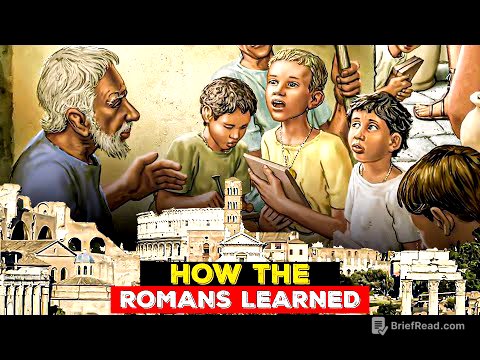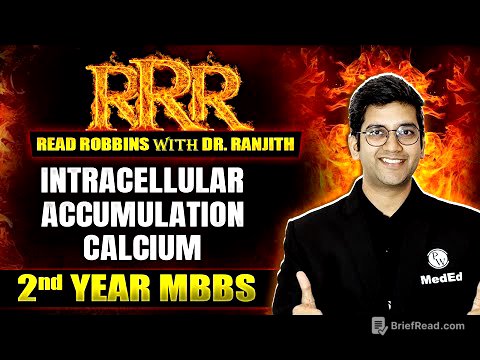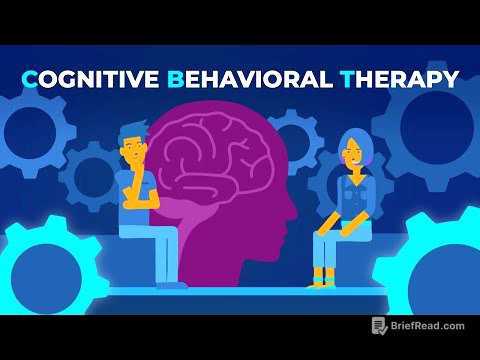TLDR;
This video explains the nature, process, elements, and functions of communication. It emphasizes that communication is a two-way process essential for mutual understanding, building relationships, and social interaction. The key elements of communication include the sender, message, medium, receiver, feedback, and potential barriers. Communication serves various purposes in our daily lives, such as informing, clarifying, teaching, and expressing.
- Communication is a two-way process for mutual understanding.
- Key elements include sender, message, medium, receiver, and feedback.
- Communication serves many purposes, like informing, clarifying, and expressing.
Intro [0:00]
The video introduces the topic of communication and its importance in our lives. It poses questions about what communication is, how effective communication takes place, what its elements and processes are, and why it is important. The video aims to answer these questions.
Lesson Video Objectives [0:34]
After completing this lesson, viewers should be able to explain the nature and process of communication, understand the relationship between the functions of communication and everyday life, and illustrate the process of communication.
Nature of Communication [0:58]
Communication is a two-way process of exchanging information, ideas, feelings, and messages for mutual understanding. It connects people to each other and the world around them, enabling them to express thoughts and convey information through gestures, signs, signals, or word of mouth. Communication is defined as a message understood, requiring a clear message that is understood by the receiver. Communication is also a social interaction through messages, where experiences and emotions are shared. It is a sharing of experiences, where problems are discussed, solutions are found, ideas are exchanged, and interactions and negotiations occur. Without communication, human relationships would vanish, making it crucial for building and maintaining relationships.
Process of Communication [3:47]
Communication begins when the speaker responds to a stimulus and encodes a message, transmitting it through a channel. The receiver decodes the message and responds with feedback to the sender. The sender and receiver may exchange roles until understanding is achieved. Barriers can block the transmission of the message, leading to misunderstanding.
Elements of Communication [4:59]
Effective communication consists of six elements: the sender (or source or encoder), the message, the medium, the receiver (or recipient), feedback, and barriers. The sender encodes the message by translating information into symbols that represent ideas or concepts. The message is the key idea the sender wants to communicate. The medium is the channel used to transmit the message, and the sender must choose an appropriate medium to ensure the message is correctly interpreted. The receiver is the person for whom the message is intended and decodes the message by interpreting the symbols based on their experiences. Feedback allows the sender to analyze the effectiveness of the message and confirm its correct interpretation, and it can be verbal, non-verbal, or written. Barriers prevent the correct reception and acceptance of messages, including information overload, perceptions, workplace concepts, semantics, and gender differences.
Functions of Communication [9:23]
Communication is essential and serves many purposes in our lives. These purposes include to inform, clarify, teach, accept, criticize, inspire, question, understand, learn, affirm, deny, counsel, express, confirm, persuade, clarify, conceal, sell, promote, advice, reveal, and motivate.
Summary of the lesson [10:20]
Communication is a two-way process of sharing and exchanging messages to understand and interact. The elements of communication are sender, message, medium, receiver, feedback, and barriers. Communication is essential in our lives and serves many purposes.
Outro [10:52]
Communication is crucial in our daily lives, making building relationships and socializing easier. Ensuring the message is clear is important for effective communication. The next video will discuss different models of communication.









